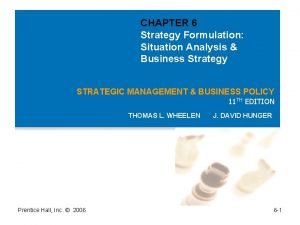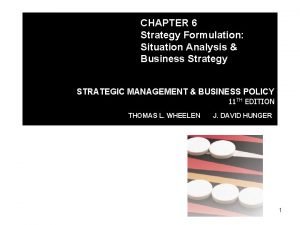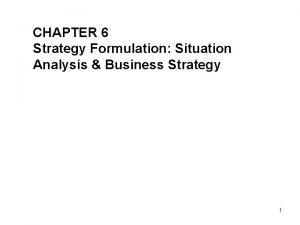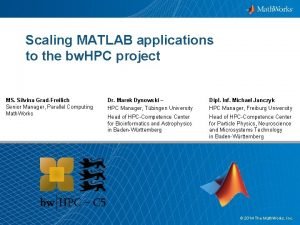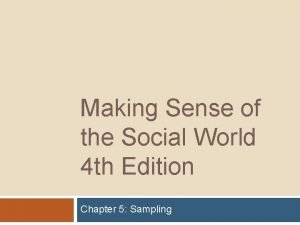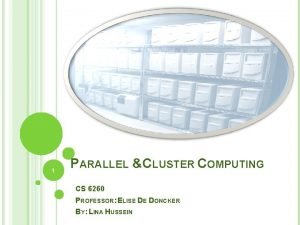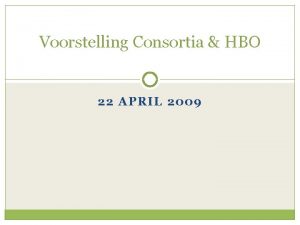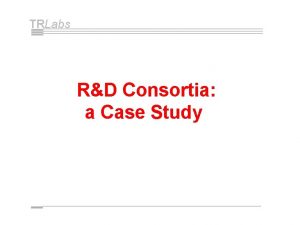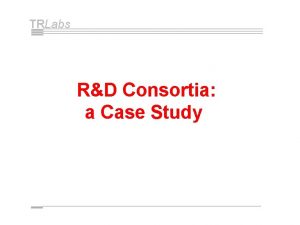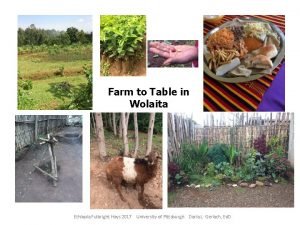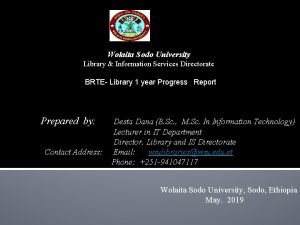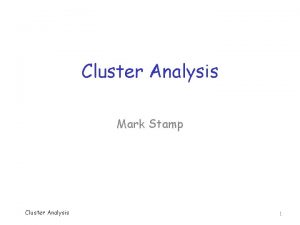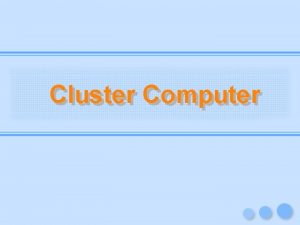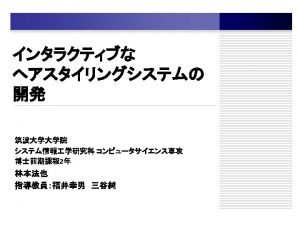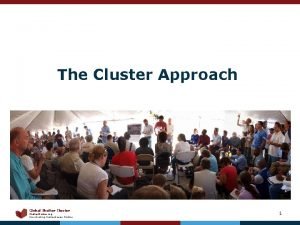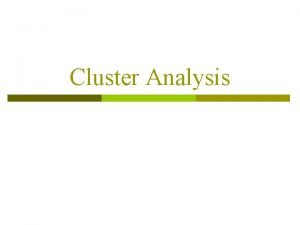Experience of Wolaita Cluster Consortia On EU EC














- Slides: 14

Experience of Wolaita Cluster Consortia On EU - EC SHARE/DG ECHO Joint Resilience Building June 27, 2014 Addis Ababa

Operational understanding of resilience • Targeting the most vulnerable households to withstand shocks through building their capacity. • In understanding, predicting and preparing to cope with unfavorable conditions • By injecting enough assets /strong livelihood base/ as a buffer to support them in a critical situation • Enhancing their skills and knowledge to create and manage resources in a sustained manner including NRM • Enhanced access to basic services • Creating households who have alternative strategies to help them cope with adverse conditions (PSNP, SP, on farm and off farm)

Cluster as a strategy for resilience building • Addressing resilience requires: – In depth knowledge of the area and beneficiaries – Mobilization of resources – Coordination of all actors – Addressing the multi-dimensional problems of the target HHs, communities, geographical locations – Sharing of expertise, experiences and best practices These require a common platform where prime actors can come together and work for common cause. This is what endorses the necessity of clustering/working as consortium; this is how the Wolayita cluster came into existence

Wolaita Clusters/consortia • ECHO-established in 2012 with three members (Concern, IMC, PIN) • DEVCO-EC-SHARE with five members (VITA, i. DE, Caritas Belgium, AMREF and ECC) • Work in 4 Woredas of Wolayita Zone in SNNPR supporting (ECHO-45, 000 HHs and ECSHARE 12, 000 HHs) • Duration 18 months-36 months • Budget is 6 m Euro

The main objectives of the Wolayita Clusters • EC SHARE/ECHO Focus on: – Food security/livelihood – WASH – Health and nutrition

Alignment with Country Development Polices Our cluster objectives directly link with the following comprehensive five year Ethiopian government GTP five- year (2010/11 -2014/15) which states • intensified small holder production system. • PSNP & Household Asset Building Program (HABP), • The Ethiopian Disaster Risk Management Strategic Program & Investment Framework (DRM-SPIF) • Coordination with local government to ensure relevance and local ownership of the intervention (Water, Prevention Focus Primary Health Care) • National Nutrition Guideline

How we are organized as a cluster : • National level: – Coordination/governance/board-National level – Programme coordination team/unit/-National – Technical task forces • Field level: – Zone coordination team including members and government – Woreda coordination team inclusive – Kebele coordination team

Lessons learned from practical Experiences (Consortium) • Consortium gives a collective power to influence/lobby and handle challenges with stakeholders. • Consortium improved collaboration & coordination among partners & creates opportunity: – For sharing expertise, skills & knowledge, – Efficient utilization of resources - Human, time & financial – Joint Assessment, Analysis, Planning, Implementation & M & E frameworks. – It also avoids duplication

Lessons learned from practical Experiences (Program) • Multi-sectoral response to multiple dimensional chronic & acute needs of vulnerable HHs (health, nutrition, WASH and livelihoods, DRM) brought tangible improvements & positive impact in the lives of vulnerable HHs & the communities. ( • Strengthening & diversifying livelihood strategies, allowed vulnerable HHs to be less vulnerable to shocks. • It helped to create an opportunity and capacity to prepare for possible risks proactively through preventive programming rather than responding at a disaster. • Cluster spirit/family, • transparency, • practical collaboration, • knowledge of beneficiaries • more clarity on the needs of the people

Challenges / gaps • At the beginning: – Lack of clarity on Coordination & management structure of Consortium – Coordination mechanisms with consortium partners were not sufficiently established. – Lack of clarity & common understanding on consortium approach & working modalities: joint planning, implementation, approach etc among partner staff & GO stakeholders, – Lack of Harmonizing the different needs, interest & ideas, M&E tools & indicators, etc

Challenges /gaps/continued • Resistance to change to consortium working modality, rather stick to respective organizational procedures and policies • Lack of initiation to meet & discuss openly among actors to resolve issues • Lack of multi-annual & flexible funding source

The way forward • Needs complete belief in cluster as a approach to tackle multi-dimensional problems of vulnerable HHs to build resilience • Develop a cluster model that is flexible and practicle in different contexts of Ethiopia • Commitment from all stakeholders particularly from donors and government in mobilizing resources in a meaningful and support the active involvement of frontline actors in sustained and sufficient manner

Cluster model for integrated multi-sectorial resilience building • Align with gov policy • Mobilize resource • Create supportive policy ev’t • Mobilization of local resources • Participatory mg’t/Coord National level Regional level Community level Household level • Set regional priorities • Ownership /leading. • Sensitivity to regional context • Need Ass. • Targeting • Package delivery of services/ multi-sec

 Wolaita sodo university departments
Wolaita sodo university departments Mutual service consortia example
Mutual service consortia example Mutual service consortia
Mutual service consortia Mutual service consortia
Mutual service consortia Continuity vs discontinuity
Continuity vs discontinuity Direct and indirect experience
Direct and indirect experience Imprint definition psychology
Imprint definition psychology Bw uni cluster
Bw uni cluster Lca club theo pezel
Lca club theo pezel Class cluster
Class cluster Cluster b
Cluster b Extricity
Extricity Quota sampling
Quota sampling Education and training career cluster definition
Education and training career cluster definition Myrinet
Myrinet

